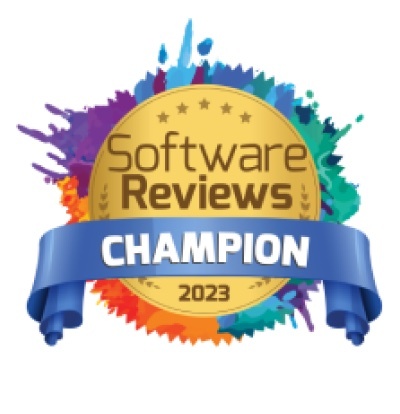BI managers have an unenviable goal: Assuming responsibility for data quality.
After all, you’re the data specialist, and tracing data lineages is your job. At least, that’s what your clients are quick to point out when errors pop up in their reports!
No matter what time of day it is or what else you have scheduled, these errors demand your attention and dominate your workflows until you uncover the source of the problem.
Unfortunately, this resolution is easier said than done—particularly when your client’s data lives across multiple BI systems.
Can You Track the Data Flow?
Effective metadata management comes down to tracking data flows. Your team needs to be able to track specific pieces of information across every legacy system, every database, and every reporting tool if they want to create a complete timeline of data lineage. But when each system is disjointed, using different control processes and naming conventions for each dataset that travels through, this task becomes nearly impossible using conventional means.
We’re willing to bet you understand this just as well as we do. The inability to track data flows translates to a lack of control. Without a way to manage metadata across BI systems, you’re effectively blind.
It’s a lot of pressure to put on you, and it’s certainly not conducive to business efficiency (or any sort of manageable work/life balance!). Nevertheless, the BI team needs to see it through, no matter how easy or how difficult it may be.
But here’s the good news. These days, easy is possible—as long as you have the right tools at your disposal.
A Better Way: Automated Metadata Management
It’s natural that you would struggle to understand your data sources when you’re forced to sort-through multiple BI systems, databases, ETLs, and analysis tools. When done by hand, these searches are time-consuming and expensive.
Which is exactly why you shouldn’t do them by hand.
Instead, why not explore new solutions for metadata management? Platforms now exist on the market that completely redefine how BI managers handle metadata discovery. Using machine-learning tools folded into a powerful search engine, the data tracking process can be almost entirely automated. It doesn’t matter how many systems your client has or how many hops your desired datapoint has made. With this type of system, all you’ll need to do is enter a few search queries, and you’ll be able to see the data’s entire lifecycle from origination to final report. Correlating metadata to other reports is easy, even when data is labeled differently across systems. No matter what inconsistencies there may be, the platform will lay the data out from start to finish.
This makes error discovery a simpler task—and significantly reduces the effort you’ll put in analyzing other databases and ETL processes to see how much damage was done.
In our experience, this type of metadata automation can double your BI group’s capacity and increase your accuracy by 80 percent. And when you consider how much time and effort you’ll save by moving on from your manual searching processes, these benefits may only be the beginning.
Use Automation to Master the Data Flow
Automated discovery platforms help BI managers understand every step of the data journey. It doesn’t matter how many systems their clients might be working with. It’s a metadata search engine that lets any BI manager fully understand the data journey, no matter how many BI systems your clients have. Or, look at it another way:
Your clients are relying on you to help them make business decisions. Can you risk not knowing everything about your data?







